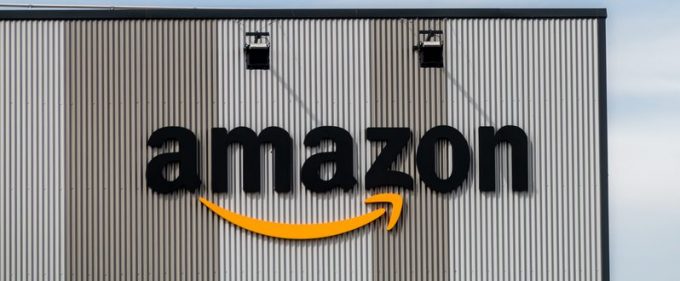FedEx and Amazon partner-up again in new deal to move large parcels
Six years after going their separate ways, FedEx and Amazon have hooked up again, to ...

Supply chain constraints and associated rising costs in transport and warehouse and fulfilment centre labour are set to cost Amazon an extra $4bn or so in the fourth quarter.
The e-commerce giant released its third-quarter results late last week, which reveal that supply chain problems and ...

Comment on this article